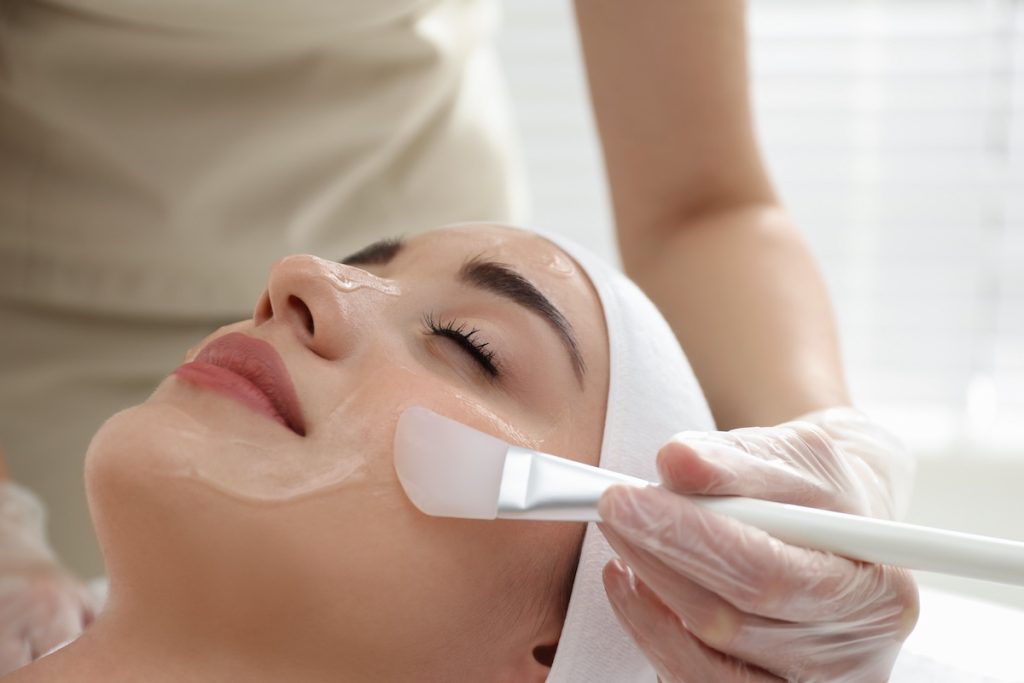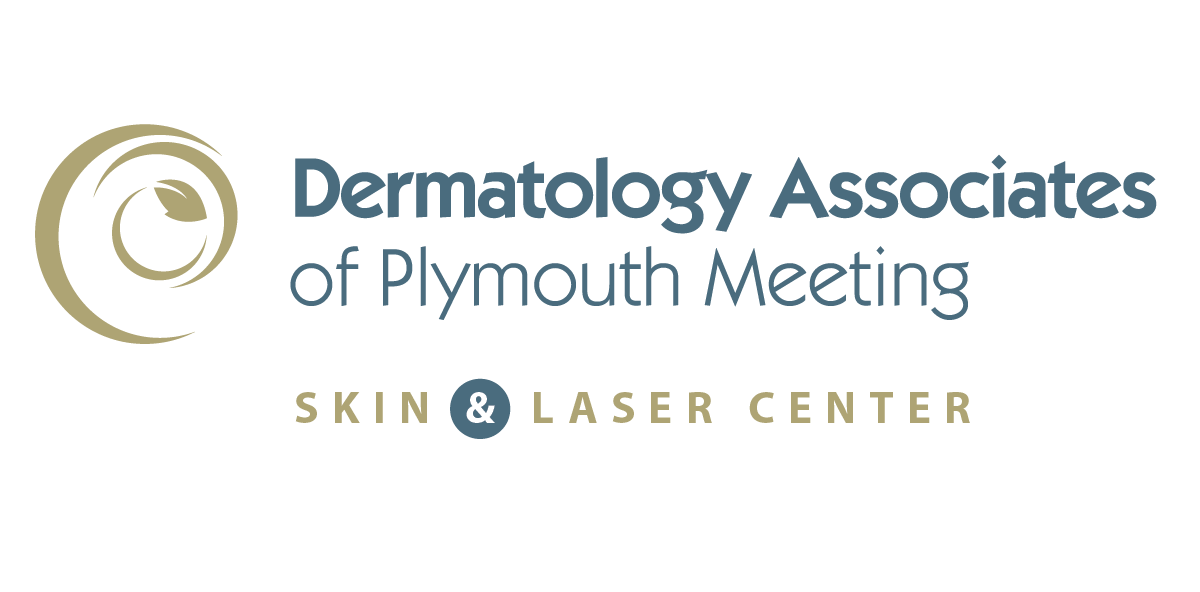Understanding Chemical Peels: Which One Is Right for Your Skin?

Chemical peels have long been a popular cosmetic treatment for achieving radiant, youthful-looking skin. By exfoliating the outer layers, they improve texture, reduce blemishes and address fine lines. Understanding the different types of chemical peels can help you make an informed decision about which one suits your skin’s needs.
What Are Chemical Peels?
Chemical peels use carefully formulated acids to exfoliate the skin, promoting cell turnover and revealing healthier, brighter layers beneath. These treatments are highly customizable, making them suitable for addressing a wide range of concerns, including:
- Uneven skin tone
- Fine lines and wrinkles
- Acne scars and active acne
- Hyperpigmentation
Types of Chemical Peels
The effectiveness and depth of a chemical peel depend on its formulation and strength. Peels are typically categorized as superficial, medium, or deep, with each offering unique benefits.
Superficial Peels
Also known as light peels, these are perfect for a quick refresh and are suitable for all skin types. Common ingredients include:
- Glycolic acid: A mild exfoliant derived from sugar cane.
- Lactic acid: A gentle option derived from milk, ideal for sensitive skin.
Best for: Smoothing rough texture, brightening dull skin and improving minor pigmentation.
Medium Peels
Medium-depth peels penetrate deeper into the skin, making them effective for treating more pronounced concerns. Ingredients often include:
- Trichloroacetic acid (TCA): Targets fine lines, deeper pigmentation and acne scars.
- Jessner’s Solution: A combination of salicylic acid, lactic acid and resorcinol.
Best for: Addressing moderate wrinkles, persistent discoloration and early signs of aging.
Deep Peels
Deep peels offer dramatic results by penetrating the skin’s deepest layers. These are typically performed under medical supervision and often contain:
- Phenol: A powerful ingredient for addressing severe wrinkles and sun damage.
Best for: Treating advanced aging signs, deep scars and significant sun damage.
Benefits of Chemical Peels
Chemical peels deliver numerous benefits beyond basic exfoliation. Depending on the type, these treatments can:
- Stimulate collagen production: Enhancing skin elasticity and reducing fine lines.
- Unclog pores: Minimizing breakouts and improving overall clarity.
- Fade pigmentation: Evening out skin tone and reducing sunspots.
- Improve texture: Smoothing rough patches for a softer complexion.
How to Choose the Right Peel
Selecting the best chemical peel depends on your skin type, concerns and desired results. A consultation with a skilled dermatologist, like those at Dermatology Associates of Plymouth Meeting, is essential. They will evaluate your skin, discuss goals and recommend the most suitable peel for optimal results.
What to Expect During and After a Chemical Peel
Chemical peel treatments are straightforward, but recovery varies depending on the depth:
- Superficial peels: Minimal downtime with mild redness or flaking for a day or two.
- Medium peels: Expect redness, swelling and peeling for up to a week.
- Deep peels: Longer recovery, including potential swelling and crusting over two weeks.
Following post-treatment care instructions is extremely important to maximize results and protect the skin.
Why Choose DAOPM for Chemical Peels?
At Dermatology Associates of Plymouth Meeting, our team of skilled experts provides customized chemical peel treatments tailored to your skin type and concerns. With a focus on safety and results, we ensure you achieve your desired glow while prioritizing your skin’s health.
Ready to take the next step in your skincare journey? Schedule your chemical peel consultation with an expert at DAOPM today.
